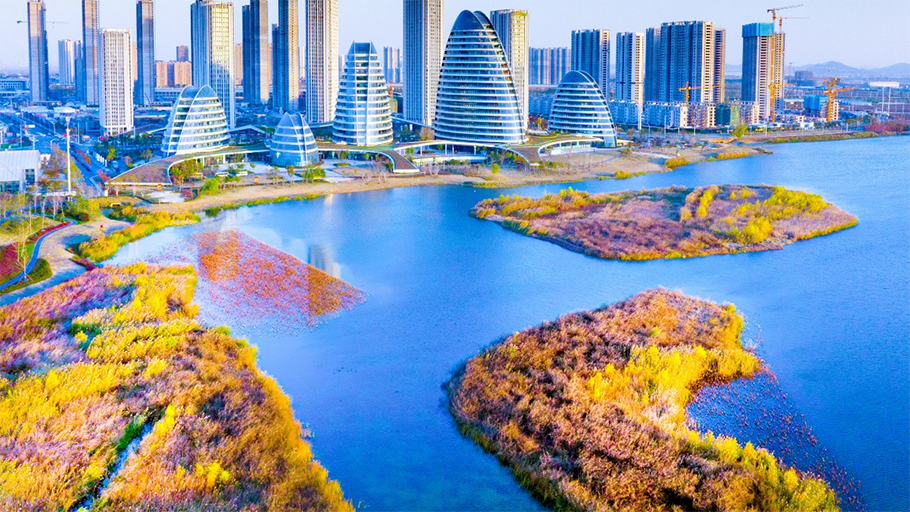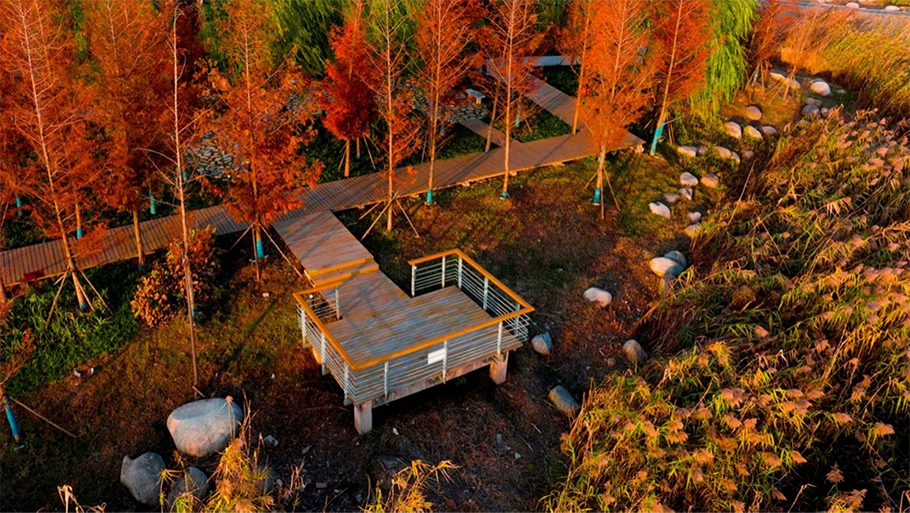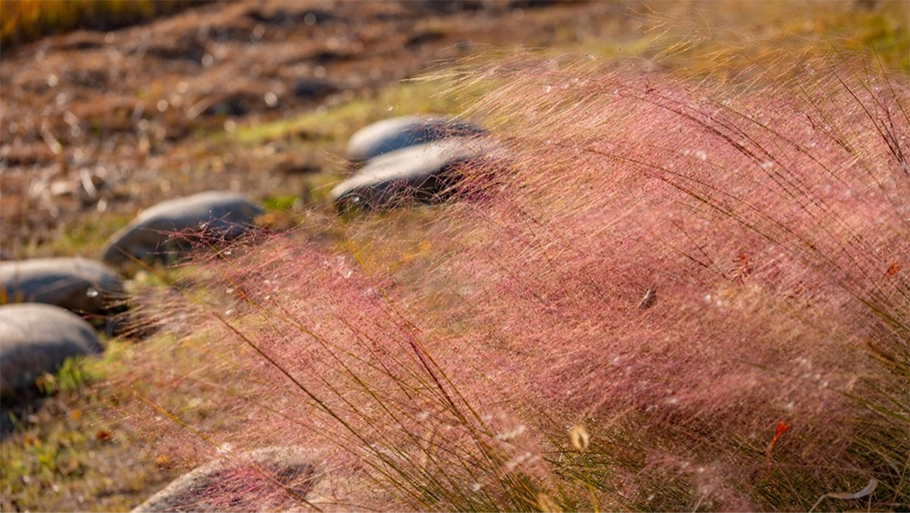服务热线
Congratulations! WEME Landscape has won the 2025 ALSA-NY Merit Award International Design Prize. In the recently announced 2025 ASLA-NY Annual Awards competition, WEME Landscape Architecture won the
Congratulations! WEME Landscape has won the 2025 ALSA-NY Merit Award International Design Prize.
In the recently announced 2025 ASLA-NY Annual Awards competition, WEME Landscape Architecture won the Merit Award (Excellence Award) for its outstanding innovative design and social value among numerous entries from around the world! This award is one of the highest honors in the landscape design field in New York. Over a hundred entries from all over the world participated in the competition, and only 20 projects were awarded Merit Award. This win is a recognition of WEME Landscape Architecture's outstanding practices and successful explorations in sustainable development, ecological balance, and technological breakthroughs.
The American Society of Landscape Architects (ASLA) is a national professional association for landscape architects, founded in 1899. Currently, it has over 15,000 registered members and advocates for the planning, design, and management of healthy, equitable, safe, and resilient environments. The New York chapter was established in 1914, with its mission being to lead the planning, design, and protection of both natural and built environments. As an authoritative organization in the American landscape design industry, the ASLA-NY annual awards selection covers multiple fields such as architectural design, urban planning, and ecological restoration. The aim is to recognize outstanding projects that solve social and environmental problems through design, and it holds a representative position in the international landscape design industry.
Wetland Park: Flood Resilience and Ecological Wisdom
Merit Award Large Scale Built Work
Design Team: Zhu Liqing, Song Benyun, Chen Shu, Xia Yang, Wu Mianzhi, etc.
Design Unit: WEME Landscape, etc.


The project is located in Hubei Province in central China. Its main innovation lies in designing an elastic space that can both drain rainwater and store floodwater, purify rainwater while avoiding floods and preventing disasters. The project designs an elastic water space, considering the functions of flood drainage and flood storage, and adopts ecological techniques such as water plant cultivation to purify polluted water bodies. Through special elevation design, the site is divided into three elevation zones. Under different recurrence periods of floods, specific areas can be submerged in a planned manner to achieve a powerful flood storage function. The designers utilize natural drainage systems such as ecological ditches and low-impact development facilities to promote the natural accumulation, infiltration, purification, and clean water discharge of rainwater, in order to achieve the climate adaptability resilience and rainwater purification function of the park. At the same time, the project meticulously plans functional areas such as amusement, camping, children's playground, adult fitness, and ecological education, making them seamlessly integrate with the natural ecology, creating a unique space that not only meets people's leisure needs but also spreads ecological scientific knowledge.


